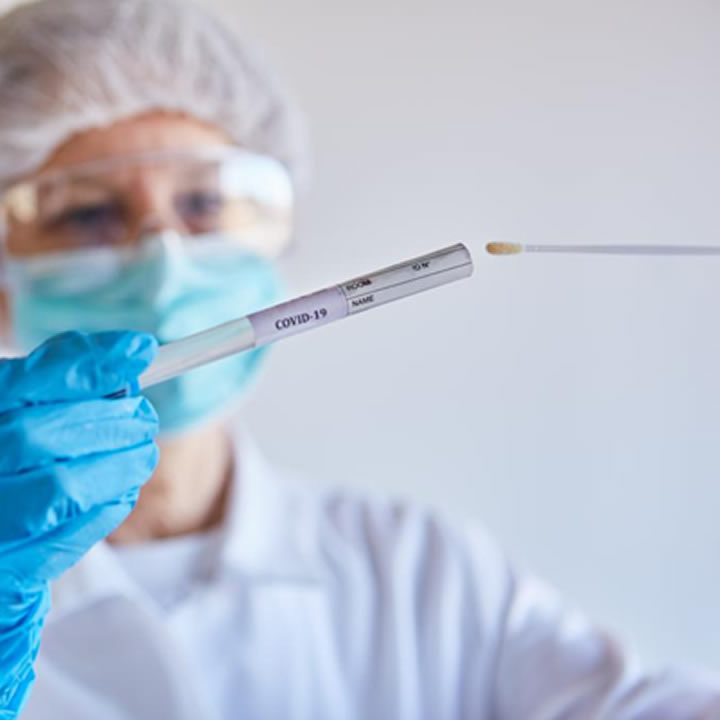Peripheral arterial disease is characterized by damage to the arteries and aching feelings in the lower extremities when walking or being engaged in physical activity. Atherosclerosis is considered one of the leading triggers for PAD along with diabetes.
Thus, patients with a high risk of restricted blood supply due to intensive development of fatty deposits must consult a doctor and undergo one of the important medical studies, known as PVR tests.
What is a PVR test and who needs to undergo medical study?
To determine whether a patient suffers due to PAD, assess disease severity, and draw up a proper plan for its treatment, the PVR test is required. During the painless procedure, the health care specialist will obtain imperative measurements of legs and arms blood flow, and by comparing them, the leg artery disease can be detected. Pivotal things to be aware of before the study:
- no special preparation is required for the examination;
- the procedure will take approximately 45-90 minutes;
- ultrasound devise Doppler and cuffs will be applied to get the necessary readings;
- the PVR test for legs will not cause any discomfort, unpleasant sensations, or pain.
For individuals with increased risks for PAD, such a procedure is a must-have check-up to determine the source of the patient’s complaints, be capable of determining prognosis for the development and the probability of deterioration of the condition, and decide which tactic for healing will be efficient. Thus, the PVR test is an indispensable medical diagnostic tool for managing the peripheral arterial disease.
Warning signs and symptoms
If left untreated, the disease can lead to such unpleasant consequences as intermittent claudication, which can decrease the level of performance and interfere with normal life due to constant pain which may occur during walking. Such a condition is the first sign that the plaques block sufficient blood supply. The degree of painful feelings can vary, and along with pain, a number of other troubles can arise:
- a feeling of numbness and poor sensitivity in the legs;
- weakness in the muscles, especially during active physical activity;
- open sores and wounds that are not healed with time due to narrowing (stenosis) of blood vessels;
- weak pulse in lower extremities;
- coldness in your feet.
Once some of the mentioned above issues start to bother you, you have to immediately contact a specialist who can conduct a PVR test and obtain readings that are essential for accurate diagnosis, successful therapy outcomes, avoiding complications, restoring well-being, and bringing back your health.
You also need to contact a doctor if you are in the high-risk category to exclude or confirm the diagnosis since, at the initial stage, the PAD can be silent, having mild signs or no symptoms at all.
Thus, monitor the health of your blood vessels if you smoke, make other poor lifestyle choices, such as wrong diet and lack of physical exercise, or suffer from the condition of being overweight.
If you seek the place for getting sound care and accurate testing, contact the Advanced Medical Care staff of dedicated specialists who can deliver excellent medical assistance.

